NOTE: This article first appeared in June 2020, last updated in July 2023 following the discovery of Arundinaria alabamensis.
When we think of bamboo and its place in the world, we typically associate it with Asia and the Far East. Bamboo’s importance in Asian history and culture is undeniable, as hundreds (or thousands) of species of the remarkable grass cover great swaths of landscape across the continent. But bamboo actually thrives on six of the world’s seven continents, and you can find native varieties of bamboo everywhere but Europe and Antarctica.
The genus Arundinaria includes four species of temperate woody bamboo: A. gigantea, A. tecta, A. appalachiana, and A. alabamensis. These are the only four varieties of bamboo endemic to the United States. They are indigenous to the Deep South, with a native habit that stretches from Florida to Texas and as far north as the Ohio River. Arundinaria used to include additional species, but most botanists now restrict it to these four North American varieties. Elsewhere in North America, Mexico has 56 native species of bamboo, while Canada has none.
It’s true that the majority of the world’s bamboo species—now numbering around 1,600 in all—originate from China, India, Japan, and Southeast Asia. South America and Africa are also home to many important bamboo varieties. Australia and North America have only a few native varieties between them. But there are now four known species endemic to the hotter and more humid regions of the United States.
Bamboo in the United States
Any bamboo enthusiast living in the United States knows that there are innumerable varieties of bamboo growing around the country. You can find bamboo in almost any respectable nursery, and it’s commonly seen in parks, private gardens, and ornamental settings. But in most cases, these bamboo groves are made up of exotic species, almost always native to Asia.
Exotic bamboo for ornamental gardens
For the most part, there’s nothing wrong with planting some non-native species to add a little flair to your landscape. Bamboo, after all, is very attractive and incredibly resilient. And there are hundreds of available varieties of bamboo that will thrive throughout the temperate climate zones of the U.S. Some American farmers have even taken to cultivating bamboo as a cash crop for its almost unlimited uses in construction and textiles.
On the other hand, there are some risks to be aware of when planting a non-native species. Some varieties of running bamboo can actually be somewhat invasive. If not kept under close supervision, these fast-spreading bamboos can easily take over your garden, and then your neighbors’ gardens. In climates with adequate rainfall, a non-native running bamboo can really transform the local landscape and choke out some native plant species.
To avoid this kind of environmental fiasco, you should never plant a running bamboo (including any species of Phyllostachys) in the wild. And if you choose to plant a running bamboo in your garden, you should be careful to keep it contained. There are many varieties of running bamboo that are actually very interesting and attractive, so we never suggest avoiding them entirely, only to exercise caution. But if you’re a real botanical purist and bamboo fanatic, you may want to seek out one of the four species of bamboo native to the United States.
Native bamboo species in the U.S.
Currently, there are a total of four known bamboo species native to the contiguous United States. All four species belong to the genus Arundinaria, and they all come from the American Southeast, where the climate is generally warm and wet. All species of Arundinaria are running varieties, with monopodial, leptomorph rhizomes. They can grow anywhere from a couple of feet to several meters tall, with thin, woody culms.
- A. gigantea: Giant cane or River cane, as they call it, is the tallest of the four, commonly growing 25 to 30 feet tall. But A. gigantea is especially interesting for a couple of other reasons. This species is extremely cold tolerant, hardy to at least -20º F, making it a good choice in northern climates. It’s also the most tolerant of wet soil, in which bamboo ordinarily won’t survive.
- A. tecta: Also called Switch cane, this species also prefers wet climates.
- A. appalachiana: Botanists discovered this species, also called Hill cane, rather recently, in 2007. It differs from the other three in that it drops its leaves in winter.
- A. alabamensis: The newest member of the genus, also known as Tallapoosa Cane, was confirmed in June 2023. To date, botanists have only discovered eight populations of Tallapoosa cane across four counties of Alabama, including Cleburne, Lee, Macon, and Randolph. Distinct from other species of Arundinaria, A. alabamensis has larger leaves and small hairs on the sheaths of new leaves. DNA testing has also verified its genetic differentiation.
Distribution of Arundinaria bamboo in the United States
These bamboos are most common in Florida and the Deep South. But their range extends as far west as Texas and as far north as Maryland and the southern Ohio Valley. The highest concentrations of native cane thickets, A. appalachiana and A. gigantea, are around northern Georgia and the southwest part of North Carolina. This is in the general vicinity of the Nantahala National Forest. A. alabamensis, as the name suggests, can only be found within the state of Alabama, at least as far as we know.
Early European settlers remarked on the prevalence of Arundinaria when they first arrived in the New World. These prolific, running bamboos covered large areas in monotypic fashion. In other words, the bamboo monopolized the habitat, leaving no space for other companion species. For the most part, these bamboos grew around rivers and streams, in what were called canebrakes.
Over time, human activity and agriculture have eliminated or replaced most of these canebrakes. Today, the native bamboo groves are not nearly as widespread as they once were. Prior to the arrival of Europeans, Native Americans relied heavily on this woody and abundant natural resource, in much the same way that bamboo has long been used in other parts of the world, for crafts and light construction. The Cherokee of this area had a fine tradition of bamboo basketry made from river cane. But European settlers eradicated it almost entirely in order to farm commodities like cotton and tobacco.
Botanical classification of Arundinaria
Formerly, the genus Arundinaria included many more species of bamboo. But today, most authors limit it to just those four American varieties. The debate is ongoing, but the fact that these four species alone are exclusive to North America suggests that they belong in their own genus. Other bamboos, formerly considered Arundinaria, now belong to other Asian genera, such as Bashania, Fargesia and Sasa.
Giant cane grass
Arundinaria gigantea also goes by the name Giant Cane. This can lead to some confusion with Arundo donax, which goes by the common name Giant Cane Grass. The two have similar growth habits and are both found along rivers. Even the botanical names are similar. Native to the Middle East, A. donax continues to spread invasively, forming thick stands along waterways across the U.S.
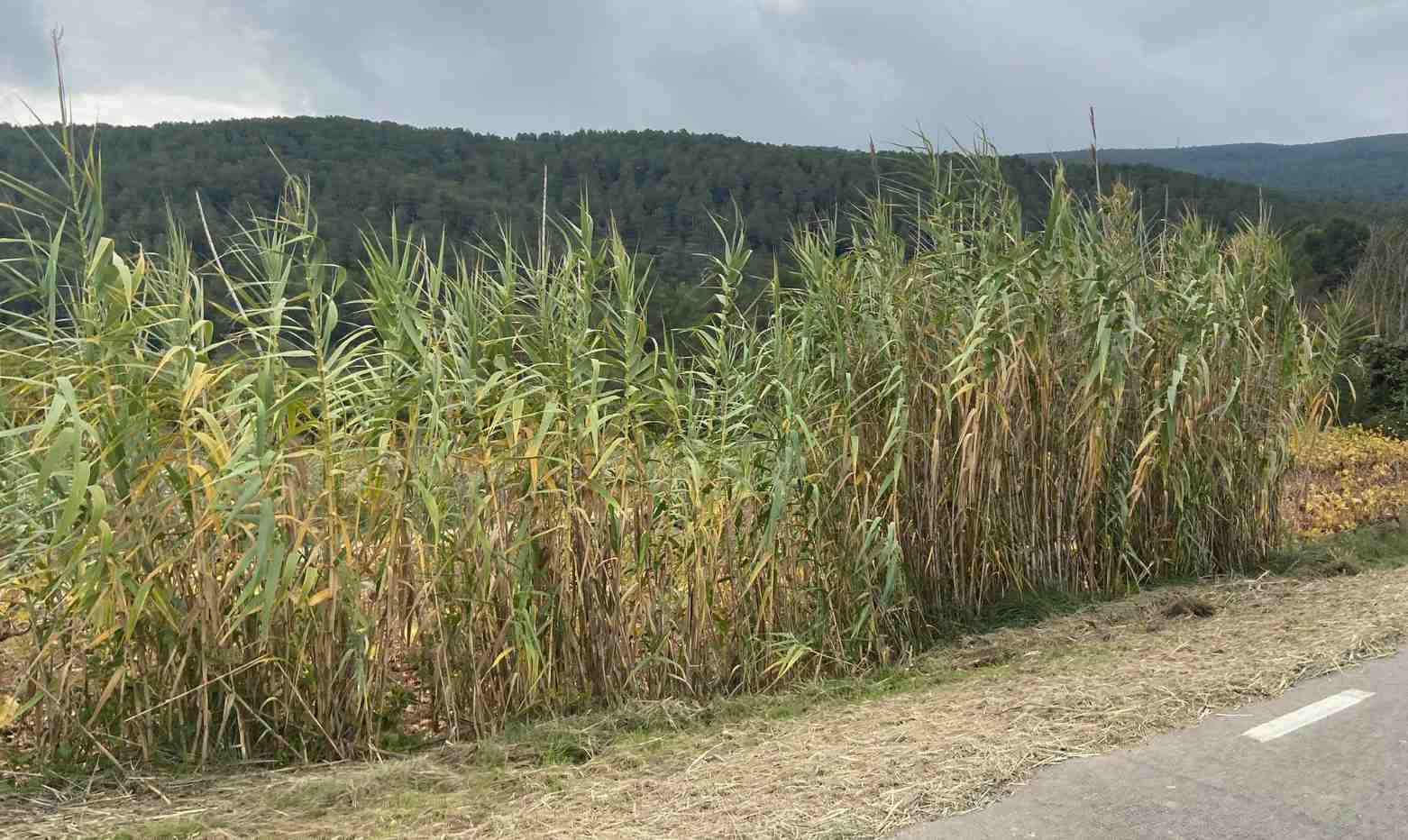
Like Arundinaria gigantea, Arundo grows up to 25 or 30 feet tall, but has softer (less woody) stalks with less utility than bamboo. Some states, including Hawaii, list Arundo as an invasive species. But it has proven useful for carbon sequestration and has also shown some potential as a source of biomass fuel.
Bamboo in Mexico
In the United States, we sometimes forget that North America also includes our neighbors in Canada and Mexico (with Central America still hovering in limbo). So there are a few more North American bamboo varieties endemic to Mexico. In fact, botanists have identified 56 species of bamboo that occur only in Mexico.
Among these native Mexican bamboos are the members of six genera: Cryptochloa, Chusquea, Guadua, Olmeca, Otatea and Rhipidocladum. These include quite a diversity of bamboos, from Cryptochloa strictiflora, a small (roughly 20 cm) herbaceous bamboo that only grows in the high elevation rainforests, to Guadua aculeata, a giant timber bamboo commonly used for construction in the areas around the Gulf of Mexico.
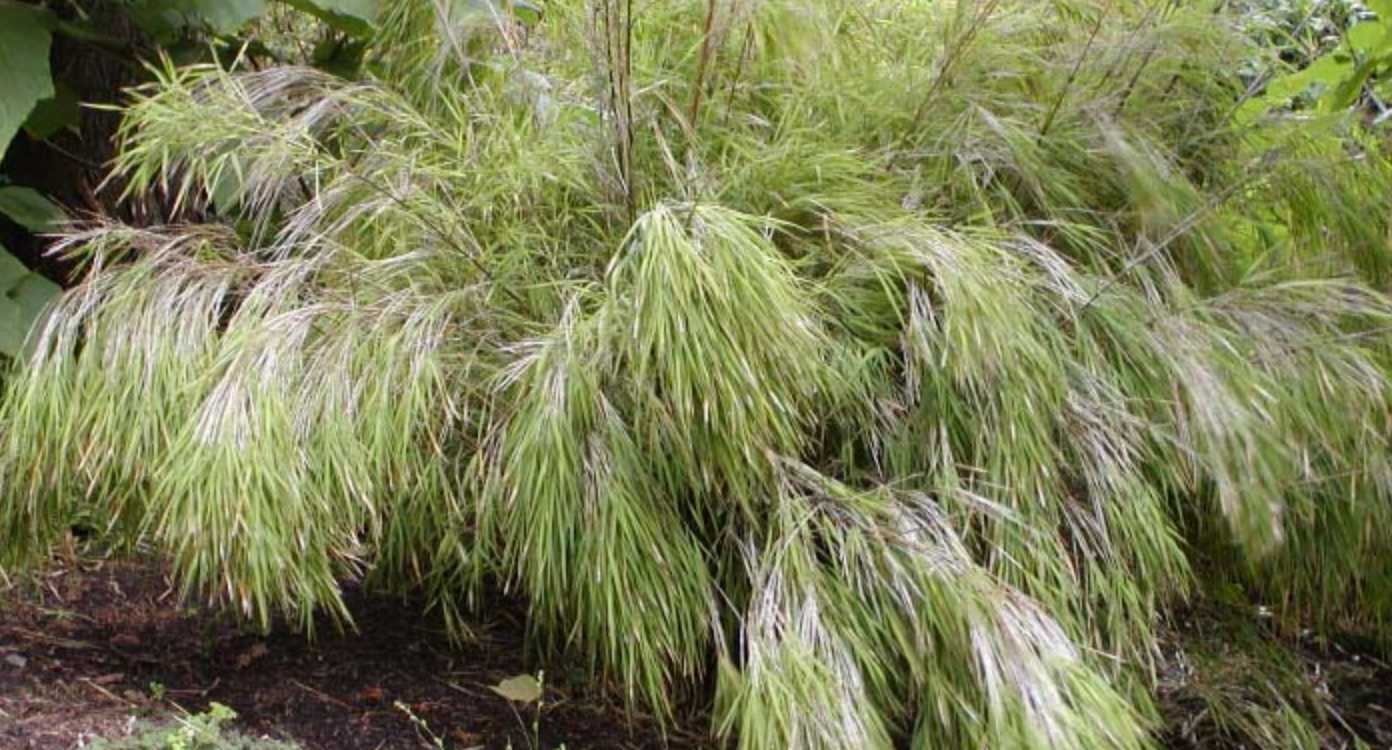
Olmeca reflexa grows in lower-elevation rainforests and is noteworthy for its soft, fleshy fruits that provide an interesting snack. Otatea acuminata, commonly known as Mexican weeping bamboo, native to the state of Oaxaca, is probably the best-known variety among gardeners north of the border. This species is very drought-tolerant, compact, and ornamentally attractive.
Further reading
If you enjoyed this article, please consider subscribing to our blog. You might also find some of the following articles interesting.
- Grow bamboo: A complete how-to guide
- Introducing bamboo: Genus by genus
- Woody vs Herbaceous Bamboo
- Bamboo and carbon sequestration
- Exotic bamboo for your garden
- Bamboo vs. lucky bamboo
- The most popular bamboo in America
FEATURE PHOTO: Arundinaria bamboo native to the United States (images compiled from Wikipedia).

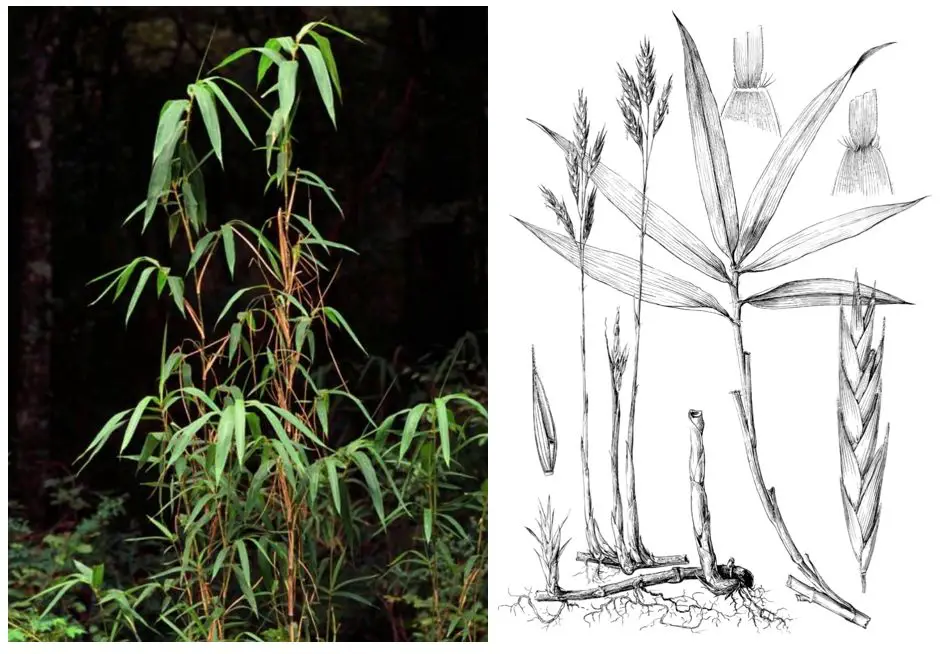


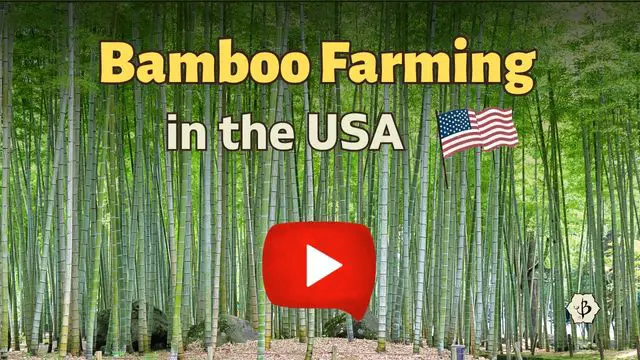




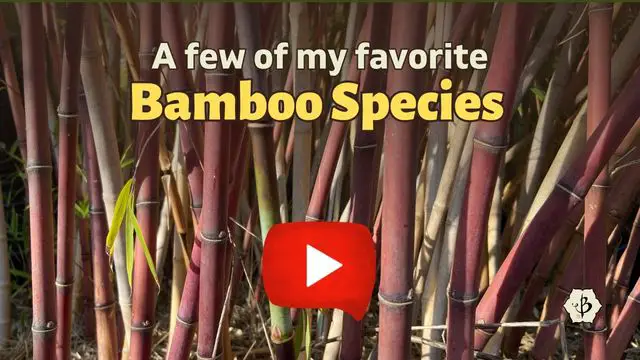
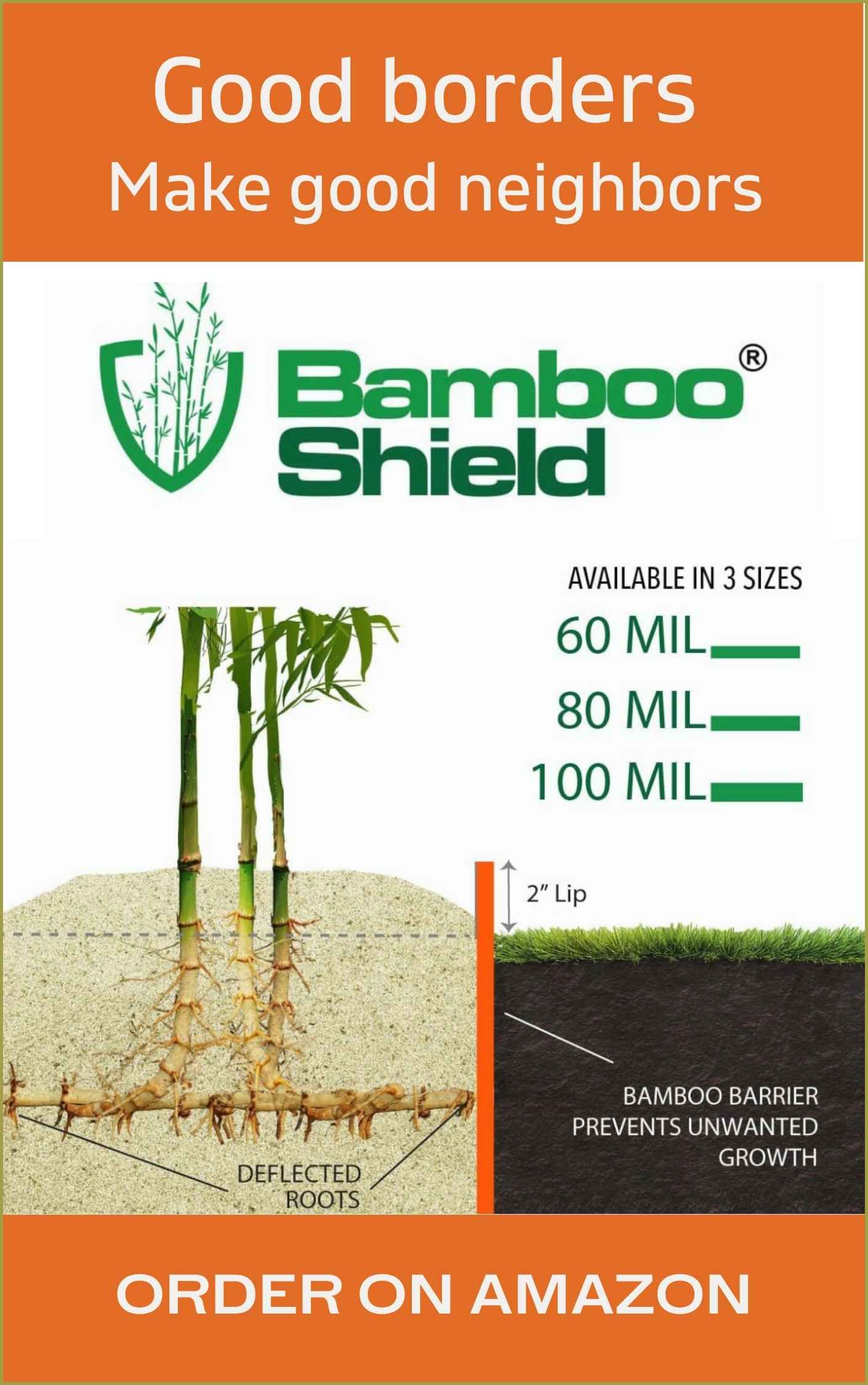

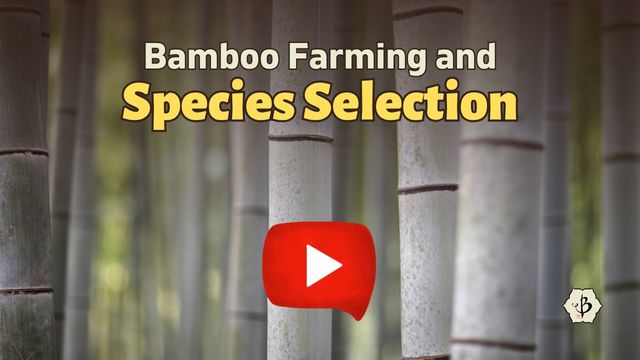

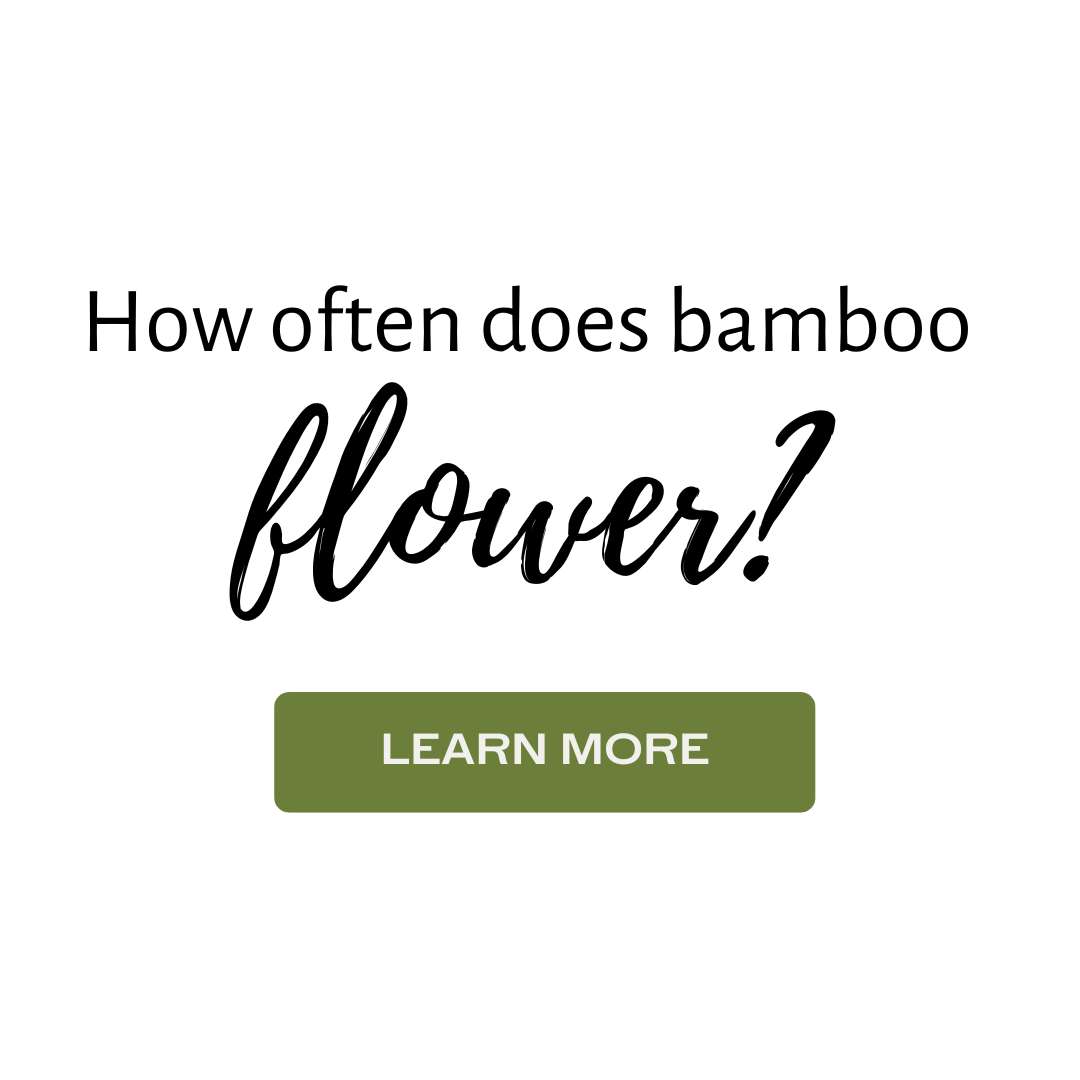
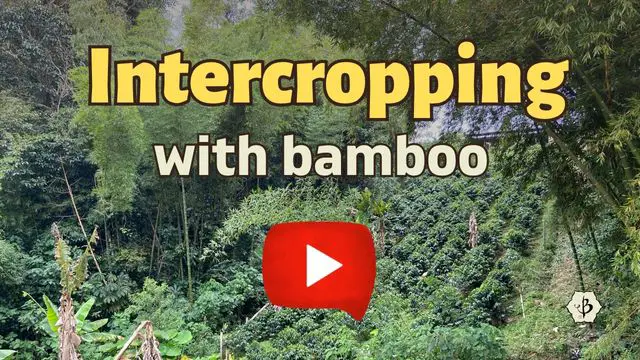


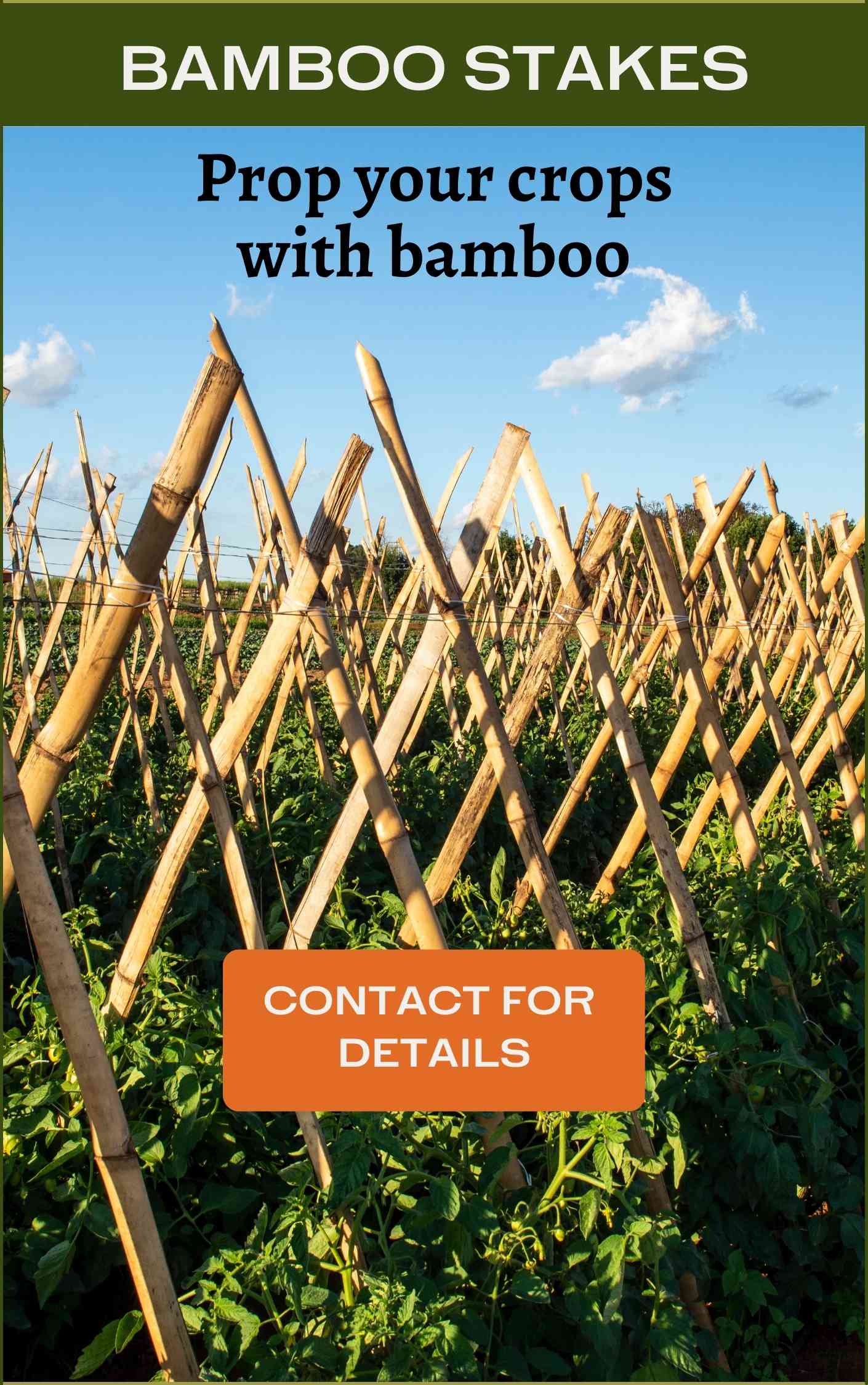
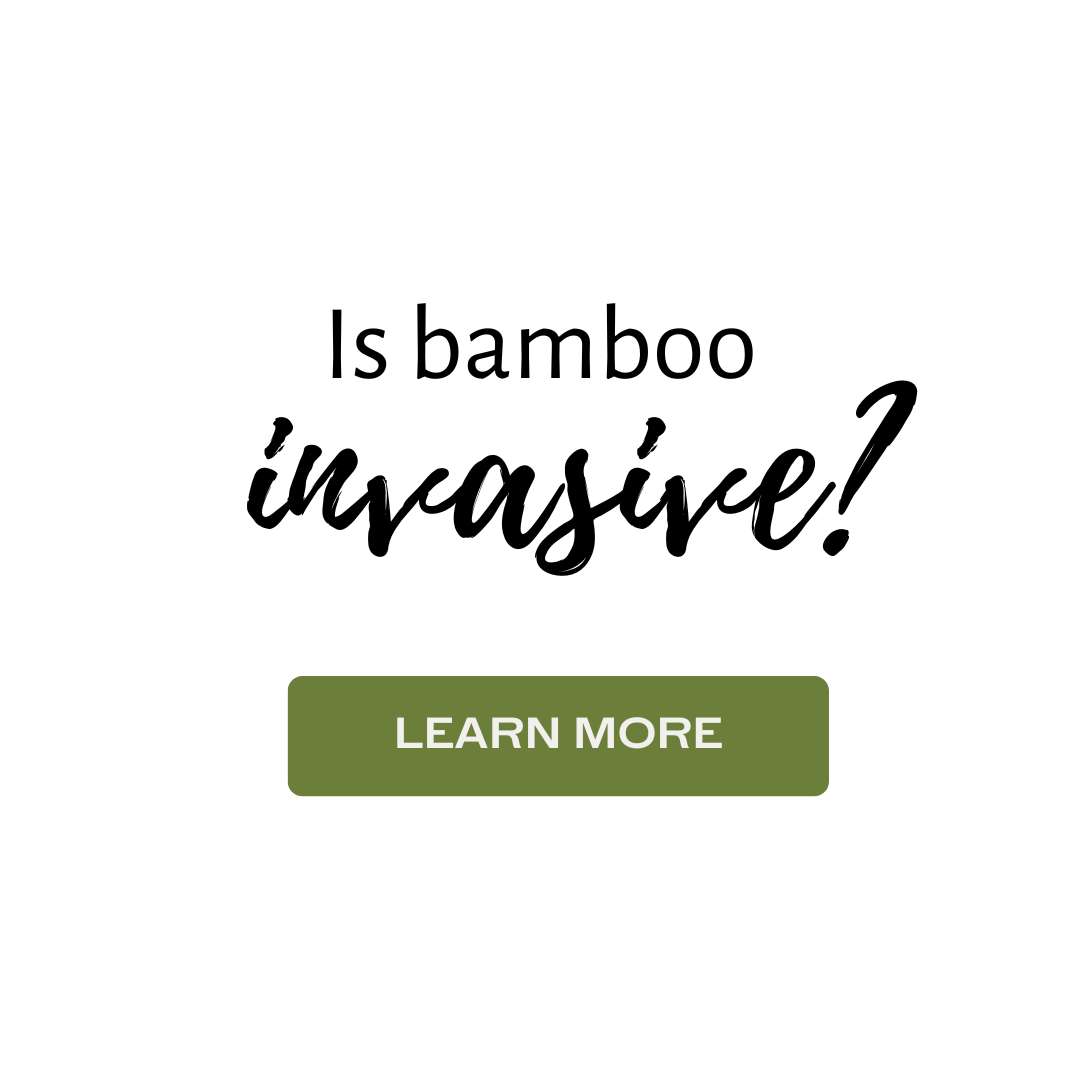
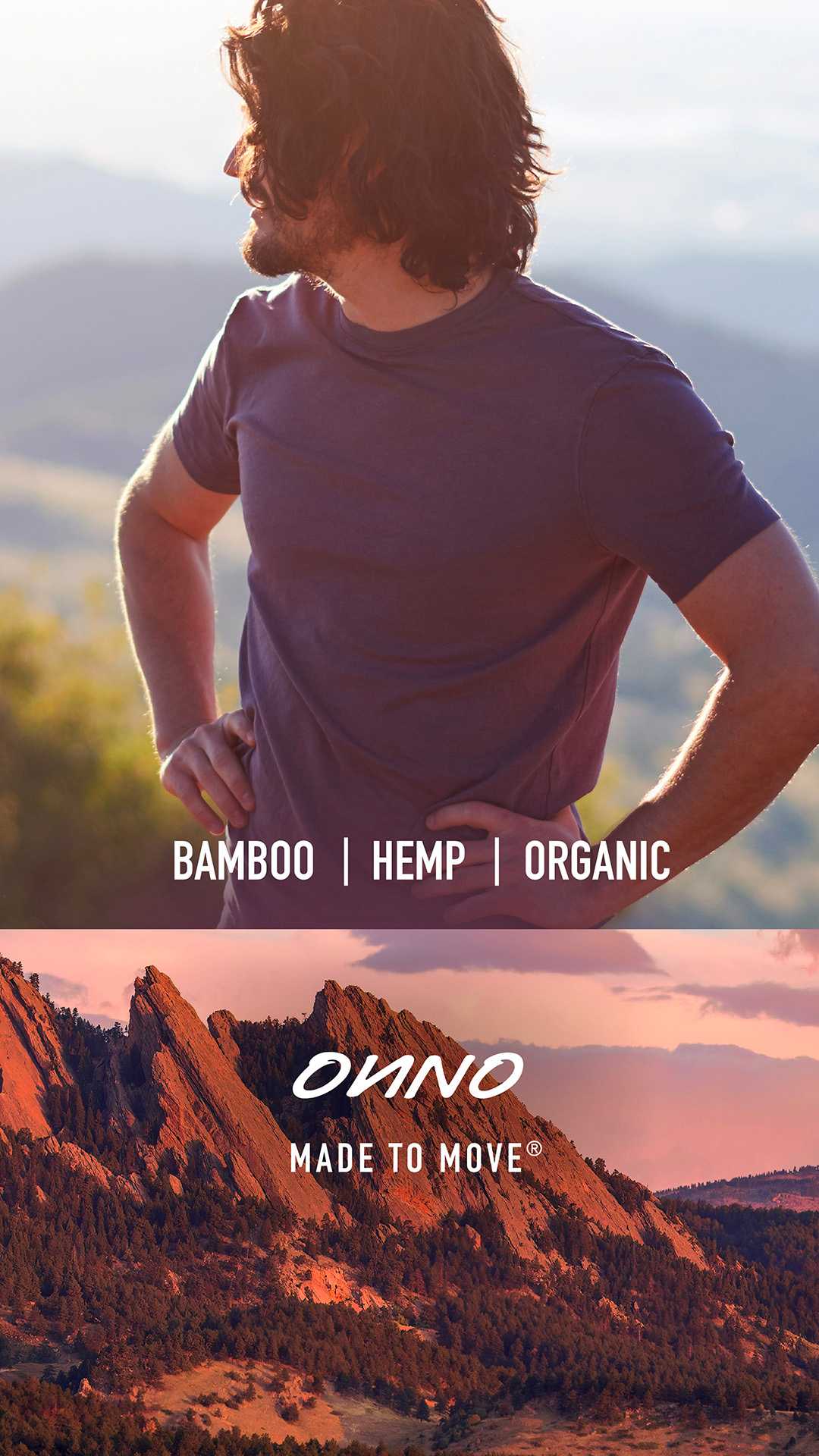





In Johnson City there are a few clumps of bamboo here and there. How can I tell the difference between the native Arundinaria v. non-natives like Phyllostachys?
Hi Trish, Bamboo species ID is not easy. But Phyllostachys are pretty easy to recognize by their branching structure. Check out the photos and explanations in my article on Phyllostachys.
I enjoyed that video, and now I’m pretty sure the grove I am most familiar with is Phyllostachys, not sure if it’s aruea or another slender species. It looks like the thicker culms (1 1/2 inch and wider) lack the alternating grooves in the internodes? Is this a correct observation?
Thank you for the article. I’ve enjoyed reading your website and other articles you’ve linked. Do you have any book recommendations on bamboo? I’d love to have some books on my shelf on the topic.
Yes, I’ve got a list of recommended books here.